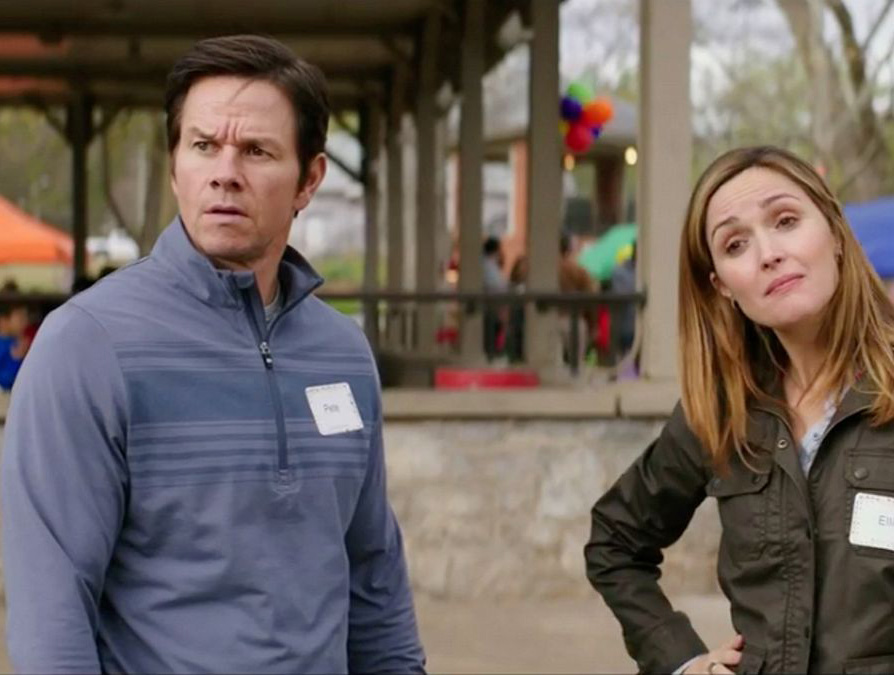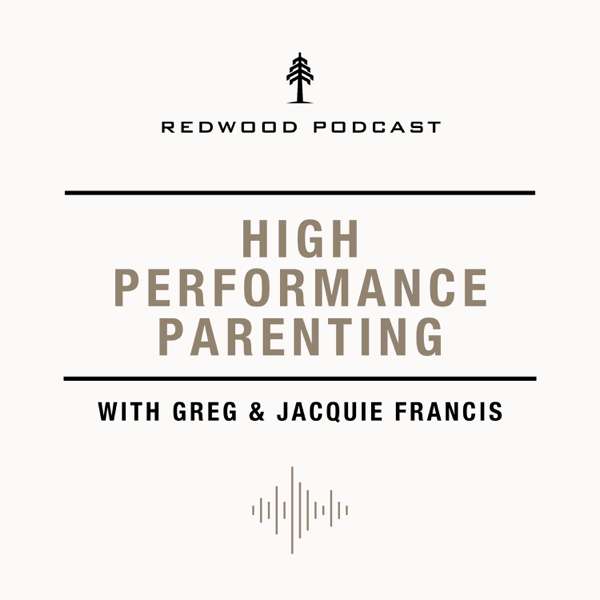 As foster-adoptive parents we loved how well Instant Family portrayed our community. We loved that it not only showed the tough times but the joy of making a family out of chaos. We’re certain the movie raised some questions about what it’s like the be a foster family and whether or not things are really the way they seem in the movie. If you’d like to listen to our full review, click here.
As foster-adoptive parents we loved how well Instant Family portrayed our community. We loved that it not only showed the tough times but the joy of making a family out of chaos. We’re certain the movie raised some questions about what it’s like the be a foster family and whether or not things are really the way they seem in the movie. If you’d like to listen to our full review, click here.
Here’s a list of common questions that you might have after seeing the movie. Warning: SPOILERS!
Pete and Ellie look through an internet listing of kids who need a family. Is that a real website?
Yes, the website is Adopt US Kids. Many kids from all 50 states are listed in their photolisting but their listing doesn’t include every kid looking for a family.
Pete and Ellie attend an adoption fair. Is that real? Isn’t it kind of gross, like shopping for kids?
Yes, some counties really do put on adoption fairs. And YES, everyone thinks they are really awkward. But YES, kids and families are able to get connected much quicker through them. We know people who have adopted kids they met at an adoption fair. They are by-invitation-only for families that have already completed the certification process.
Are there really foster parents in it just for the money?
Instant Family portrays a couple known as the Muskies who are caring for the kids in a less that loving environment. The social workers confess that though they are a safe place for the kids, the Muskies will miss the paycheck. Instant Family gets it right that there are some people in the system in order to get the stipend that comes with caring for the kids, but most foster parents are not like that. Agencies generally make sure that prospective foster parents can care for their own needs without the monthly stipend. The stipend is different in every state and county but can be anywhere from $600-$1100 a month per child. Most foster parents will tell you that they spend more on the child than they receive.
Do the kids really have to pack all of their stuff in garbage bags?
Unfortunately this is the case for far too many kids. Many times they are forced to leave their birth families in a hurry and garbage bags are the only thing on hand. There are some great charities that are working to change this one stigma. Check out Together We Rise and Hope in a Suitcase. You’ll notice toward the end of the movie that Pete and Ellie start to pack all of the kids’ stuff into suitcases.
Why did the kids have so many stuffed animals and why did they call them “Court Bears”?
In many places, when children attend family court they are given the opportunity to pick a stuffed animal. If they end up going to court frequently they can end up with a lot of teddy bears.
Why weren’t the kids taken away from Pete and Ellie when Juan dropped the nail gun on his foot? Wasn’t that neglect?
Foster parents are held to high standards, but accidents can still happen. Foster parents have their homes checked on a regular basis to make sure they live in a safe environment, and tools like nail guns are required to be kept locked up. If this happened in a foster home in real life, there could be an investigation to determine if the foster parents were negligent in leaving a nail gun with Juan unsupervised. There would be a corrective action plan to retrain the foster parents. Pete and Ellie and their social workers would have also had to fill out a lot of paperwork after an event like that. Every time a child is hurt, most states require a Special Incident Report (SIR) to be filled out. This is in part to make sure it was truly an accident, and not that the foster parents are abusing the kids and claiming it’s an accident.
Where were the kids after Pete and Ellie got arrested? Why didn’t they stay with Grandma Sandy? How did they get them back after assaulting someone?
Foster kids have to remain with certified foster parents. Occasionally kids are temporarily moved to a respite home. Sometimes foster parents have to leave and can’t take the kids with them (vacation, funerals, weddings, etc), and in those cases the kids will stay with another foster parent. After Pete and Ellie are arrested, the kids go to spend the night with a respite family. Sometimes another family member that lives in the house with the foster parents will also be certified and the kids could remain in their home. Most states also practice some form of “prudent parenting” which allows a foster child to temporarily stay with someone who doesn’t have a foster license (like for a sleepover or camping trip with friends or family).
Though the incident was played for laughs in the movie, assaulting a stranger is serious business. In real life it would be possible that Pete and Ellie would have lost their certification in addition to their other legal challenges. Their agency and county social workers would carefully consider the situation.
Will the County take the kids away and give them back to their birth parents?
The primary goal in foster care is family reunification. Every one is working to get the kids back home with their birth parents. That’s a good thing! Unfortunately it doesn’t always work out for every family. There are a certain number of benchmarks that birth parents must successfully pass in order to be reunified with their kids. If they don’t meet those standards the County will do their best to find an adoptive home for those kids. Usually their foster parents are asked first if they would like to adopt. Once adoption is finalized there is NO chance the kids will be returned to the birth parents (even if the birth-parents radically change their lives). Adoption is final; the kids are even issued new birth certificates that include the names of their adoptive parents.
The kids have a visit with their birth mom. Is this typical?
Yes most kids in foster care have regularly scheduled visits with their birth parents. The situations vary based on the circumstances of the case. Judges want kids to maintain an attachment with their birth parents, and visits provide an opportunity for parents to show they have the ability to parent their kids safely. Visits are scheduled regularly, sometimes more than once a week, and often with someone monitoring the visit. Many times the foster parents serve as the monitor. As reunification becomes more likely, birth parents are given unmonitored and overnight visits.
Visits are court-ordered and foster parents don’t have a say in whether or not they happen. In the movie, Lizzy tells Pete and Ellie that she’d like to start seeing her birth mom. In real life, Pete and Ellie would have found out from their social worker. After adoption it’s up to the adoptive parents on whether or not there is any contact with the birth parents.
Pete and Ellie say they feel like they’re just babysitting someone else’s kids. Is that how it is for everyone?
For many foster parents, yes, they feel like they are viewed as long term babysitters. Birth parents often feel threatened by the relationship and view foster parents as part of a system that’s treating them unjustly. At times foster parents know more about the child and how to successfully redirect the child than the birth parent, but their input is frequently rejected. It can feel discouraging. Having a strong support group of people outside of the process can be helpful.
Was the judge picking between Pete and Ellie and their birth mother?
No, birth parents are evaluated on the merits of their own case. If the foster parents aren’t fit to parent, the kids are not returned to their birth parents; instead they are moved to a different foster family. Children are only returned to their birth parents when the parents demonstrate that they can provide a safe environment for their kids. In fact the judge in that scene says to Pete and Ellie, “This is not about you,” which is exactly right. Only the birth parent is evaluated in that court setting.
Interested to learn more about how you can adopt through foster care? Check out Adopt US Kids. If you live in California, Washington or Nevada, we recommend our agency, Olive Crest.
The post
Instant Family – What it Got Right and What it Got Wrong first appeared on
Foster & Adoption Parenting Podcast.

 Our TOPPODCAST Picks
Our TOPPODCAST Picks  Stay Connected
Stay Connected


 As foster-adoptive parents we loved how well Instant Family portrayed our community. We loved that it not only showed the tough times but the joy of making a family out of chaos. We’re certain the movie raised some questions about what it’s like the be a foster family and whether or not things are really the way they seem in the movie. If you’d like to listen to our full review,
As foster-adoptive parents we loved how well Instant Family portrayed our community. We loved that it not only showed the tough times but the joy of making a family out of chaos. We’re certain the movie raised some questions about what it’s like the be a foster family and whether or not things are really the way they seem in the movie. If you’d like to listen to our full review, 







